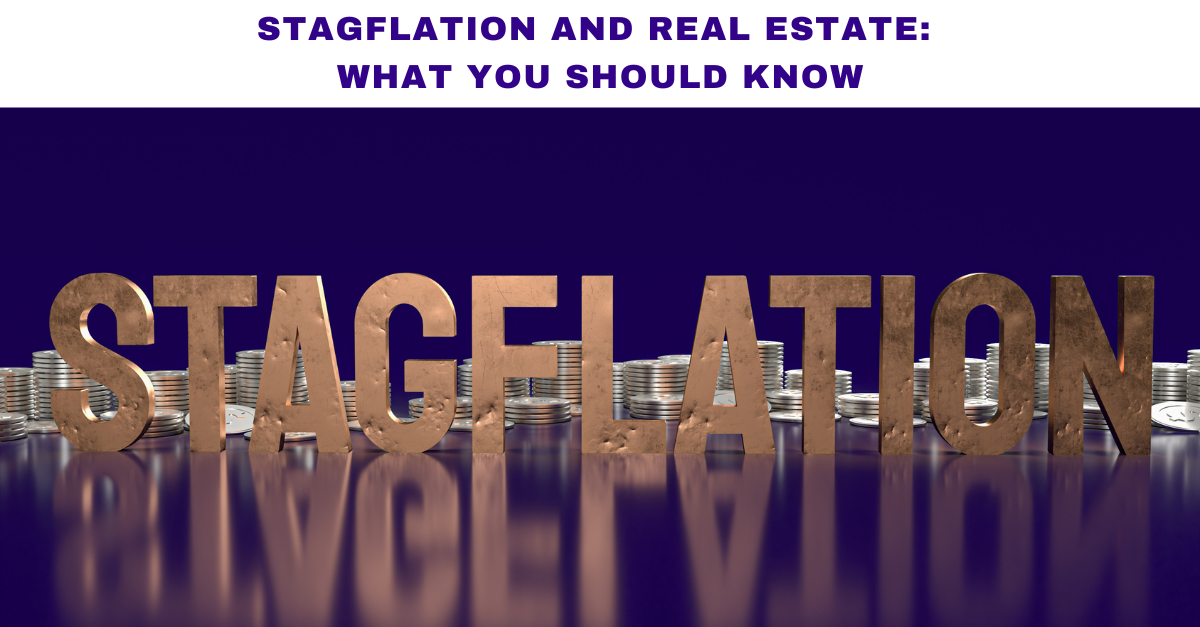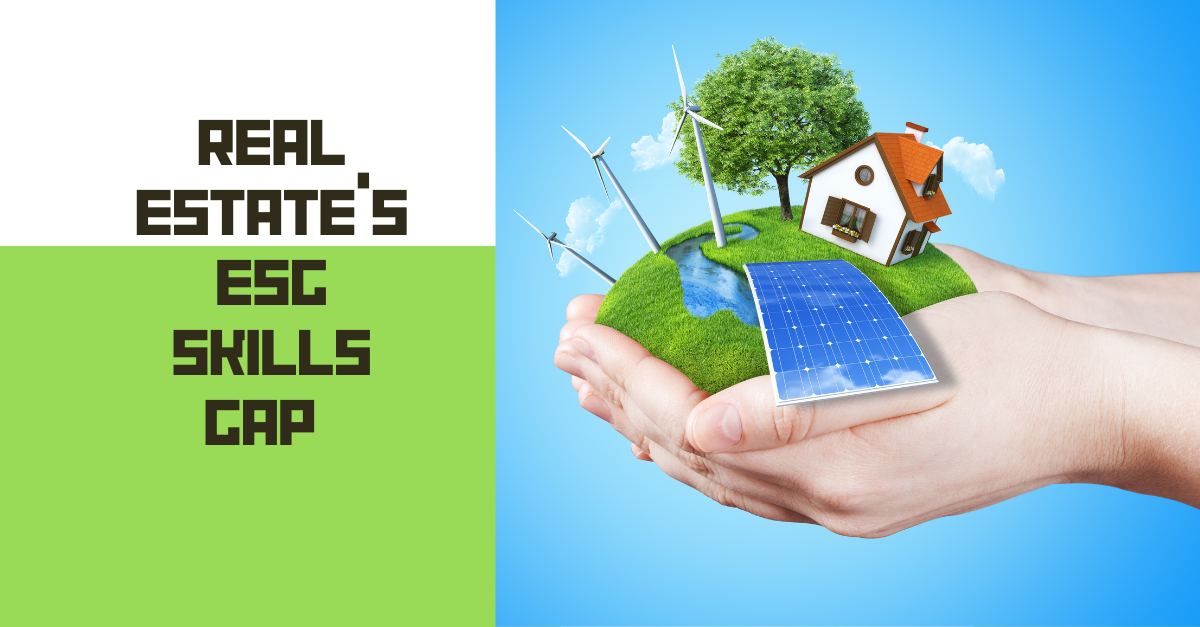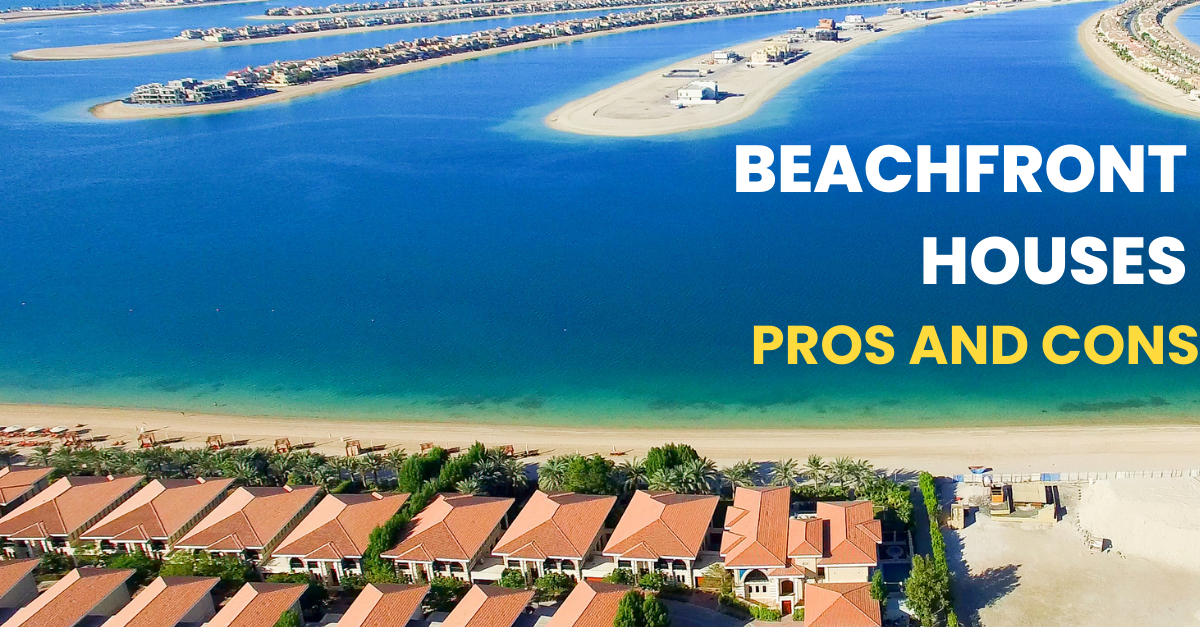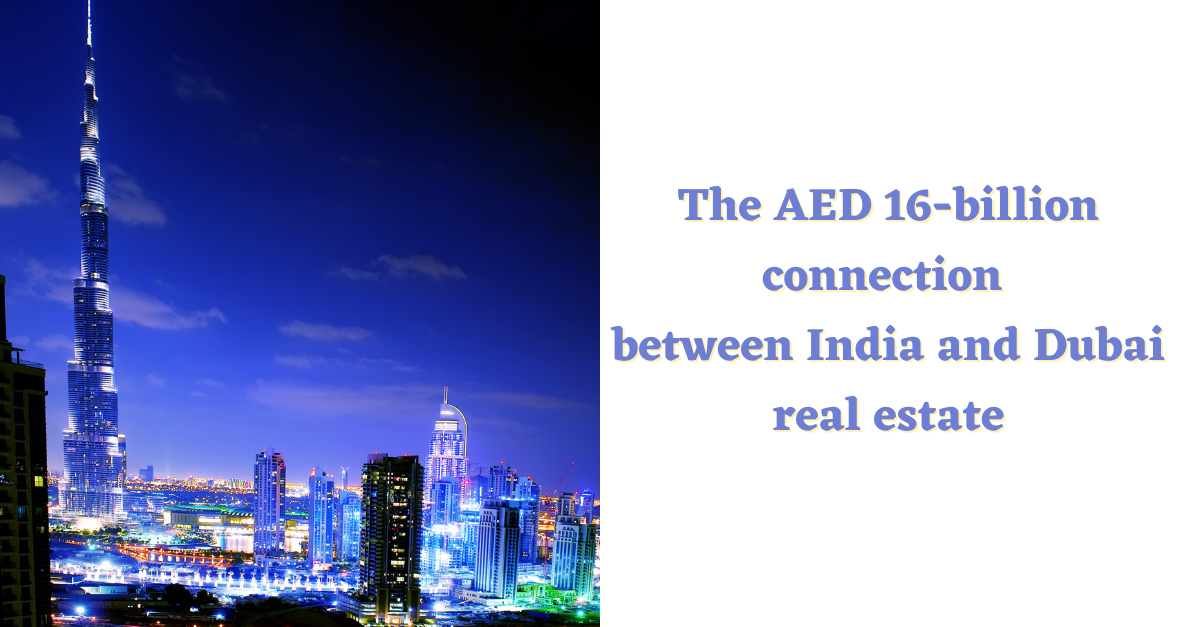Stagflation and real estate: What you should know
Stagflation is being touted as a looming threat in the post-pandemic economy. And we are beginning to see subtle manifestations of this in the news and in everyday life. While it has not been seen in many years, with each passing day, the likelihood of stagflation is becoming more pronounced, prompting several industries — more so the real estate — to take effective steps to preempt, or counter, this menace. Stagflation can leave real estate investors perplexed due to its paradoxical effect — the inflation-recession situation where actions intended to control one may exacerbate the other.
At the moment, concerns are growing around the world that the eastern European crisis may lead to stagflation. However, according to sources(1), while the world is bracing for the scourge of stagflation, the UAE and Saudi Arabia could escape this phenomenon, despite the rise in energy and commodity prices alluding to the contrary.
Stagflation in real estate
The real estate sector’s notable run-in with stagflation goes back to the 70s, when, for a decade, the prices went up nearly 330%. Since this was in a different era compared to the present, it’s difficult to predict how the contemporary real estate sector will perform in a stagflationary environment. Typically, tenants could face more difficulty in meeting their financial responsibilities. Defaults and unoccupied properties could increase substantially. There will be fewer options to finance property purchases due to a dearth of loan activity.
Lack of sales will mount pressure on developers, who, in turn, could be incapacitated from completing other projects. Real estate that is effectively managed and has a considerable amount of leverage will be able to withstand stagflationary pressures. Due to high borrowing costs, properties that generate no income (such as vacant land, or non-performing real estate) could be difficult to sell.
While supply shocks are often blamed for stagflation, the common causes can be rising energy and food costs as well. The rapid injection of money, too, is a causal factor. Today, prices are increasing across all facets of the economy. Interestingly, however, while stagflation remains a source of constant anxiety for many developed countries, it has had little or no impact on UAE real estate.
Resilience in the UAE
Properties across segments in the UAE remain in great demand at a time when the world’s property markets are still recovering from the pandemic’s debilitating effects. It’s expected that demand for prime homes will continue to rise due to the UAE’s effective handling of the pandemic. It was also one of the first locations in the world to offer a semblance of normalcy during widespread lockdowns.
The UAE continues to be the pinnacle of lifestyle living, and the current increase in demand attests to its desirability among individuals and institutional investors. The general mood across affordable and prime segments is upbeat, with transactions occurring in record numbers after a brief downturn. In fact, property transactions broke a 12-year record(2) in 2021.
The prospects of the real estate sector in the UAE — despite the looming threat of stagflation that has taken some of the developing and developed countries by storm and severely dented their economies — remain bright for the foreseeable future. This is also a good measure of the general health of the economy and its relation to the real estate sector. The latter’s record-breaking numbers during a generally sluggish moment indicate that there are greater structural trends in play.




